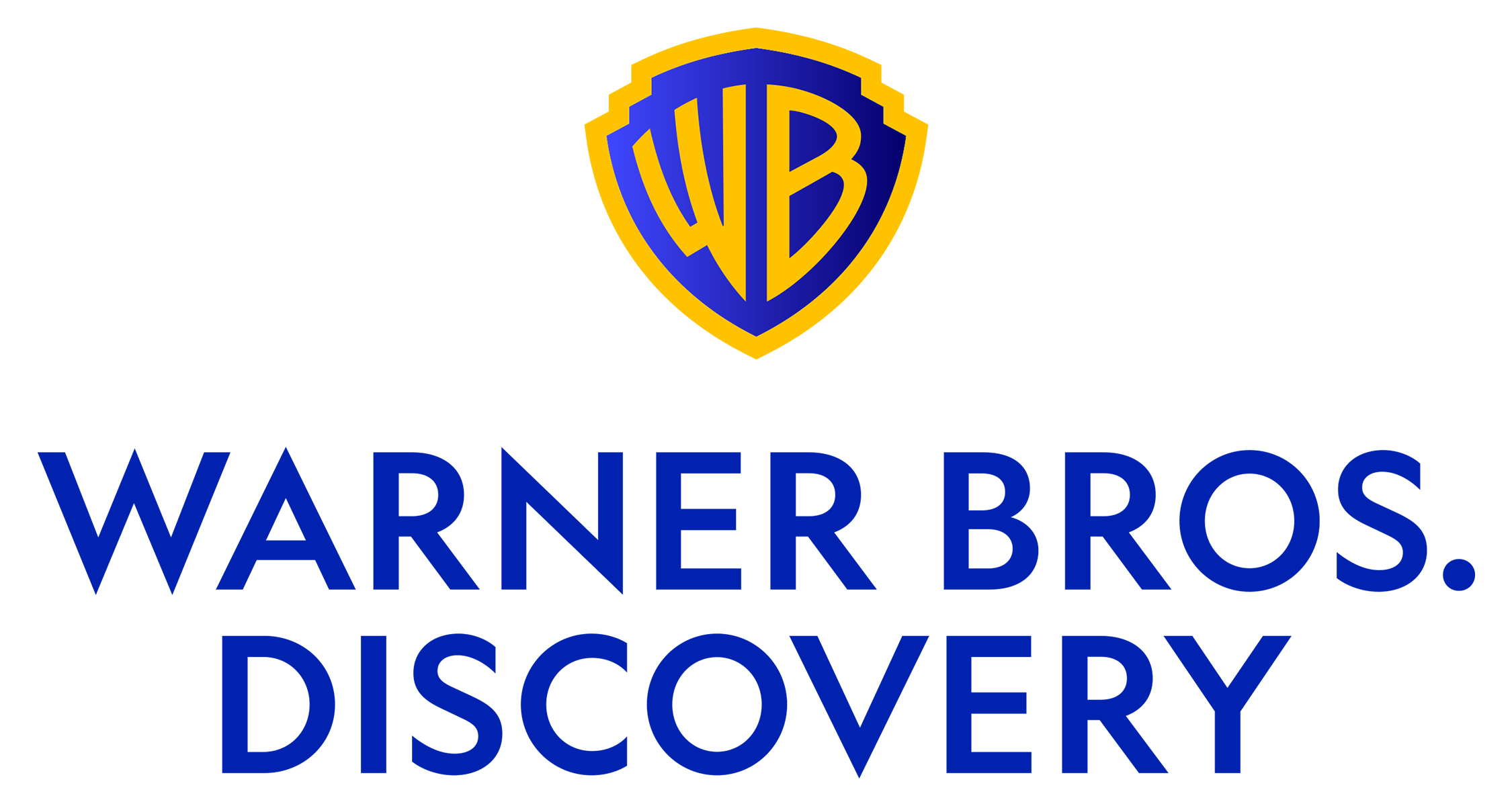ACAP Standard Moves Forward
Following nearly three years of work, the Advanced Common Application Platform (ACAP) specification for future interactive television (iTV) services has taken another step forward within the ATSC. The result of a landmark effort between the ATSC DTV Application Software Environment (DASE) and CableLabs' Open Cable Application Platform (OCAP), the specification is now being balloted by the ATSC Technology Group on Distribution (T3).
The work, done within the ATSC Specialist Group on ACAP, was led by Craig Smithpeters of Cox Communications. The ACAP specification is expected to be completed and published as an ATSC standard in Q1 2005.
ACAP will provide consumers with advanced interactive services and offer content providers, broadcasters, cable and satellite operators, and consumer electronics manufacturers the technical details necessary to develop interoperable services and products. A common standard is thought to be an essential element for the successful rollout of interactive television.
ABOUT INTERACTIVE TV
Two worlds that were once barely connected--television and the Internet--are on the verge of being combined into an entirely new service-- namely, iTV. This combination leads to powerful new applications. For example, computers can be turned into traditional TV receivers and digital settop boxes can host applications such as iTV, e-commerce and customized programming.
iTV may include customized news, weather and traffic reports; personalized stock market data; enhanced sports scores and statistics; games; online real-time purchases; and videoon-demand (VOD) .
There is no shortage of reasons why iTV is viewed with considerable interest around the world. The backdrop for iTV growth comes from both the market strength of the Internet and the technical foundation that supports it. With the rapid adoption of digital video technology in the cable, satellite and terrestrial broadcasting industries, the stage is set for the creation of an iTV segment that introduces to a mass consumer market a whole new range of possibilities.
For example, technologies are available that support interactive features for game shows, sports and other programs, as well as interactive advertising, e-mail and Internet access. Rather than concentrating just on Web services, the goal is to deliver a better television experience.
ABOUT ACAP
In essence, ACAP makes it appear to interactive programming content that it is running on a so-called "common receiver." This common receiver contains a well-defined architecture, execution model, syntax and semantics.
As a middleware specification for interactive applications, ACAP gives content and application authors assurance that their programs and data will be received and run uniformly on all brands and models of receivers.
Trial implementations have already been done in Korea by a consortium of organizations. In addition, an extensive ACAP demonstration was held at NAB2004.
An ACAP application is a collection of information processed by an application environment to interact with an end-user or otherwise alter the stateof- the-application environment. ACAP applications are classified into two categories, depending on whether the initial application content processed is of a procedural or a declarative nature.
(click thumbnail)Fig. 1 ACAP application and system softwareThese categories of applications are referred to as procedural (ACAP-J) and declarative (ACAP-X), respectively. An example of an ACAP-J application is a Java TV Xlet composed of compiled Java byte codes in conjunction with other multimedia content such as graphics, video and audio. An example of an ACAP-X application is a multimedia document composed of XHTML markup, style rules, scripts and embedded graphics, video and audio.
An ACAP application need not be purely procedural or declarative. In particular, an ACAP-J application may reference declarative content, such as graphics, or may construct and cause the presentation of markup content.
Similarly, ACAP-X applications may use script content, which is procedural in nature. Furthermore, an ACAP-X application may reference an embedded Java TV Xlet.
The architecture and facilities of ACAP are intended to apply to broadcast systems and receivers for terrestrial broadcast and cable TV systems.
In addition, the same architecture and facilities may be applied to other transport systems, such as satellite. ACAP is primarily based on the GEM (Globally Executable Multimedia) home platform specification developed by the DVB consortium and DASE, developed by the ATSC.
(click thumbnail)Fig. 2 ACAP-J system architectureACAP includes additional functionality from CableLabs' OCAP specification. ACAP builds upon GEM by adding specification elements to offer a higher degree of interoperability among different environments based on DTV specifications from ATSC and SCTE. Where ACAP-X applications are supported, the application and systems software are configured as illustrated in Fig. 1. Where only ACAP-J applications are supported, the application and system software are as shown in Fig. 2.
The ATSC will conduct a one-day seminar on the ACAP specification Dec. 7, in Washington, D.C. at the Radisson Barcelo Hotel. The seminar will include presentations outlining how ACAP will provide consumers with advanced interactive services while offering content providers and consumer electronics manufacturers with technical details necessary for developing interoperable services and products. Thespeakers will be many of the same experts who developed ACAP and related standards.
For detailed information, see the ATSC Web site at www.atsc.org. A preliminary schedule of presentations is also available.
The professional video industry's #1 source for news, trends and product and tech information. Sign up below.

